
Katuri Nageswara Rao

25 books

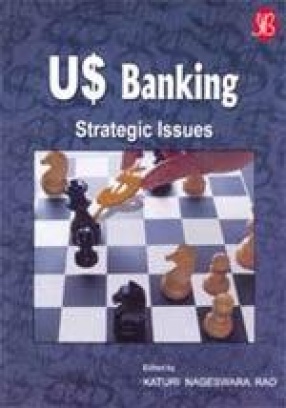

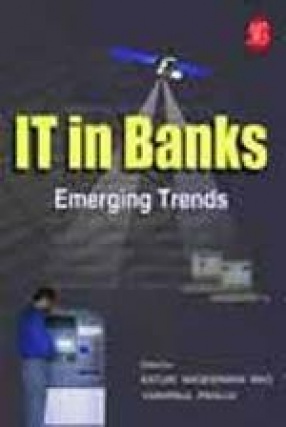



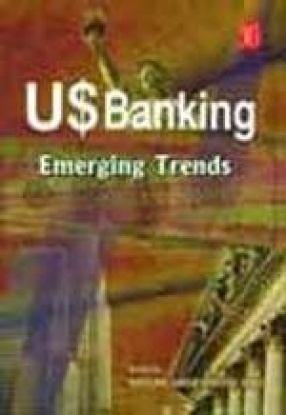


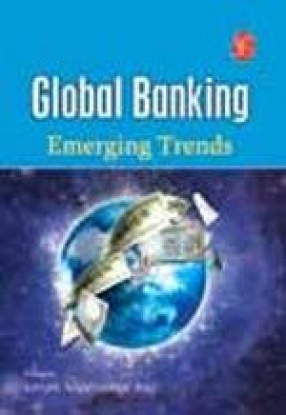

Islamic Banking follows Shariah principles, which prohibit payment or receipt of interest, do not allow lending to unethical commercial activities, and from exercises financial leverage and speculation. Islamic banking has been steadily growing globally. In over 50 countries, Islamic financial institutions are in operation, providing Islamic faith complaint products and services, as variants to the conventional ones. However, the biggest challenge is to establish ...


This book deals with the strategic issues in US banking in areas like universal banking, mergers and acquisitions and consolidation, outsourcing, credit risk transfer, securitization, derivatives, Basel norms, globalization etc. Major US banks are universal banks in character, as they are large financial groups that offer not only commercial banking but also investment banking, securities trading, insurance and other financial services. The US financial markets ...

Indian banking has become strong, stable and vibrant in the post-economic reforms phase. During the last two years, Indian banking has weathered the storm of rising interest rates and falling bond values, by strategically augmenting bank credit, in an environment conducive to economic growth.The new Basel framework provides a methodology for transforming banks into vibrant and stable entities in the globally competitive and dynamic financial markets. In India, ...

With IT driving banks, this book looks into strategic issues of Customer Relationship Management (CRM), Retail Banking Strategy leveraging data warehousing and e-banking software and issues in risk management. It also explores business strategies like ERP as well as e-banking, advertising and branding strategies.
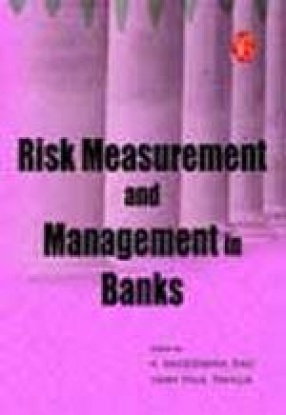
Banks encounter many risks such as credit, operational and market risk. For prudent management with high degree of transparency, banks must have a scientific system of measuring and managing risks to enhance the resilience of the global financial system. This book discusses systemic risk, operational risk and technology risk in detail. Of these, technology risk can neither be easily quantified nor measured. However, banks can gain financial and operational ...

This book examines banking with the advent of IT driven customer-centric products, services, ATMs, internet, telebanking, etc. It looks at the Indian and the international scenario, the use of technology, trends in data management and payment systems and issues in e-banking. Basel-II and frauds are examined in the context of IT e.g. cyber money laundering, ATM crimes, etc.

Universal banks are generally large banks with an extensive branch network that provide many financial services and are engaged in commercial banking, investment banking, securities and insurance, as seen in the US, Europe, Japan and India. Now, there is a move to move towards a more integrated firm-wide approach to financial risk management, across business lines and different types of risks. The same convergent forces have also resulted in greater convergence ...
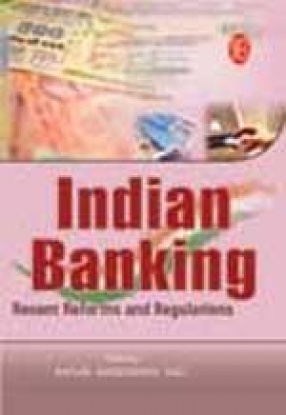
Indian Banking in the post-reforms period faces the principal challenges of convergence, consolidation and competition, besides financial inclusion. The ever rising forex reserves and the falling dollar add new dimensions to the external sector management. Indian inflation cannot be brushed aside as a mere monetary phenomenon in view of the prevailing supplyside constraints. Inflation and liquidity management, therefore, become more important to the central ...

The recently expanded EU has 25 member states, with a population of 455 million, and a GDP of around 28% of the world GDP, and 20% share in global trade. It envisages a single European market without the barriers of trade and ensuring free movement of goods, services, people and capital. This book outlines all the challenges in integrating European banking with respect to multiplicity of regulations, economic obstacles, legal frameworks etc.

Several financial institutions have realized that to gain competitive advantage they have to resort to better management practices. Financial institutions, facing newer challenges and regulators throughout the world, are adopting and prescribing more stringent rules and procedures than before. There are macro-level shifts such as changes in consumer dynamics, change in and workforce demographics and advances in technology that threaten to make whole business ...

Organizations need to innovate to survive and banks are no exception. This book explores some innovations in the banking industry like electronic banking and integration of banking with other financial services. Take a look at how banks manage customer expectations, profitability, thinning spreads and employee productivity as well as some experiences of banks like NABARD that were successful in implementing micro-finance plans for the poor.

This book looks at the present-day scenario of banking in the US, its evolution, and the role of community banks there. In the US, unlike banks, mutual fund companies, insurance companies and pension funds bear credit risk, but do not have strict disclosure norms. The book also discusses corporate governance of banks in the US.

Banking has the prime role in igniting growth and transforming the global economy. Given this scenario, new challenges that emerge in banking, are dealt with in this book.Basically, financial strengthening and deepening, features of a global economy, move in tandem with economic growth, and are the issues to be addressed. The transition to the Basel-2 accord, and the systems of Advanced Internal Rating (A-IRB) for credit risk and Advanced Measurement Approach ...

Asset Reconstruction Companies (ARCs) can help banks achieve a turnaround by cleaning up their balance sheets. For this, ARCs must have a strong political will, clear government financial support, clear AMC mandate and, above all, supportive legal infrastructure. This book will make educative reading for banking and finance professionals.

1. Positioning of Hong Kong Amid Reforms in the Mainland Financial Markets, 2. Index, 3. Corporate Governance of Banks in Hong Kong A Banking Sector Governance (BSG) Perspective, 4. Rules Versus Discretion in Managing the Hong Kong Dollar, 1983 - 2006, 5. Current Issues for Monetary and Financial Stability in Hong Kong, 6. One Country, Two Financial Systems, 7. The Debt Market of Hong Kong What Can We Offer to Investors, ...

China, a nation of over 1.3 billion people, has strong economic fundamentals in the form of fast GDP growth, substantial foreign direct investment, cheap labor, a stable domestic currency and low government debt. The growth rate is sustainable in future and the private sector is driving growth. China needs a more flexible exchange rate system to support a stable macroeconomic environment. The finance sector needs further reforms and solid public finances could ...

Japan, the second largest economy in the world, with a population of over twelve crore, faced stagnation during the decade 1992-2002, which has been described as the ‘lost decade’. Bank of Japan persued zero interest rate policy followed by quantitative easing policy to fight out the deflationary spiral. Japanese banks suffered from huge non-performing loans accumulation for about one and half decades due to excessive exposure to sensitive sectors before a ...

This book deals with the emerging perspectives of the financial system in the US, dwelling on its monetary environment, banking system, financial services sector, securities market, mortgages, securitization environment besides certain governance issues. It also discusses the status of the greenback in the context of the global imbalances, besides providing insights into the M&A activities in financial services. American monetary system may be reformed to ...

Emerging economies, traditionally recipients of foreign capital, have now become the chief suppliers of capital that has become crucial in financing the large and growing current account deficit of the US inexpensively.The US’ current account deficit has crossed 6.7 percent of its GDP. Its fiscal deficit is at over 4 percent level. Any other nation would have collapsed economically under the weight of the twin deficits but not the US, because of the very ...
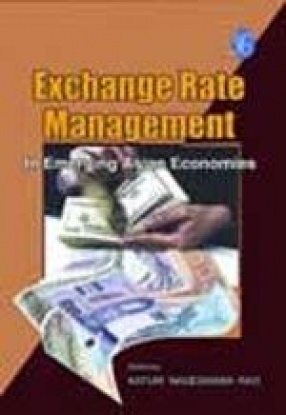
In a globalized financial environment where massive capital flows across countries and continents with minimal restrictions, exchange rate management policies acquire great significance. This book dwells on the exchange rate management in emerging economies of Asia. South East Asian economies like Thailand, South Korea and Indonesia have witnessed severe financial turbulence during 1997. There is a substantial difference between dejure and de facto ...
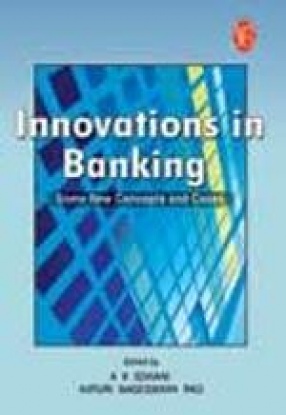
Greater focus on increasing the customer base, its retention, use of various technological tools and integrating different delivery channels are high on the agenda of banks. These delivery channels are working on a common platform to provide information to the management. In this context, the strategies adopted by different banks for remaining competitive are different. Product innovations help keep the organization from remaining competitive. The impact of ...

Despite the fact that India is the second fastest growing economy, it still has about 28 crore people, of whom many are rural folk below the poverty line—reason why rural credit has not been expanding. The government, banks and voluntary organizations need to work jointly to uplift the poor and the downtrodden in rural India. Recent initiatives of the RBI in this context include redefining priority sector credit, excluding housing finance and export credit from ...

Global banking faces many challenges. While internationally active banks are the order of the day, small and medium banks have a role to play. Operational risk in banks acquires greater significance in the context of major frauds committed in the recent past. The US sub-prime crisis teaches banks not to dilute loan pricing and risk management standards, not to relax credit standards because of excess liquidity and not to resort to securitization and credit ...
